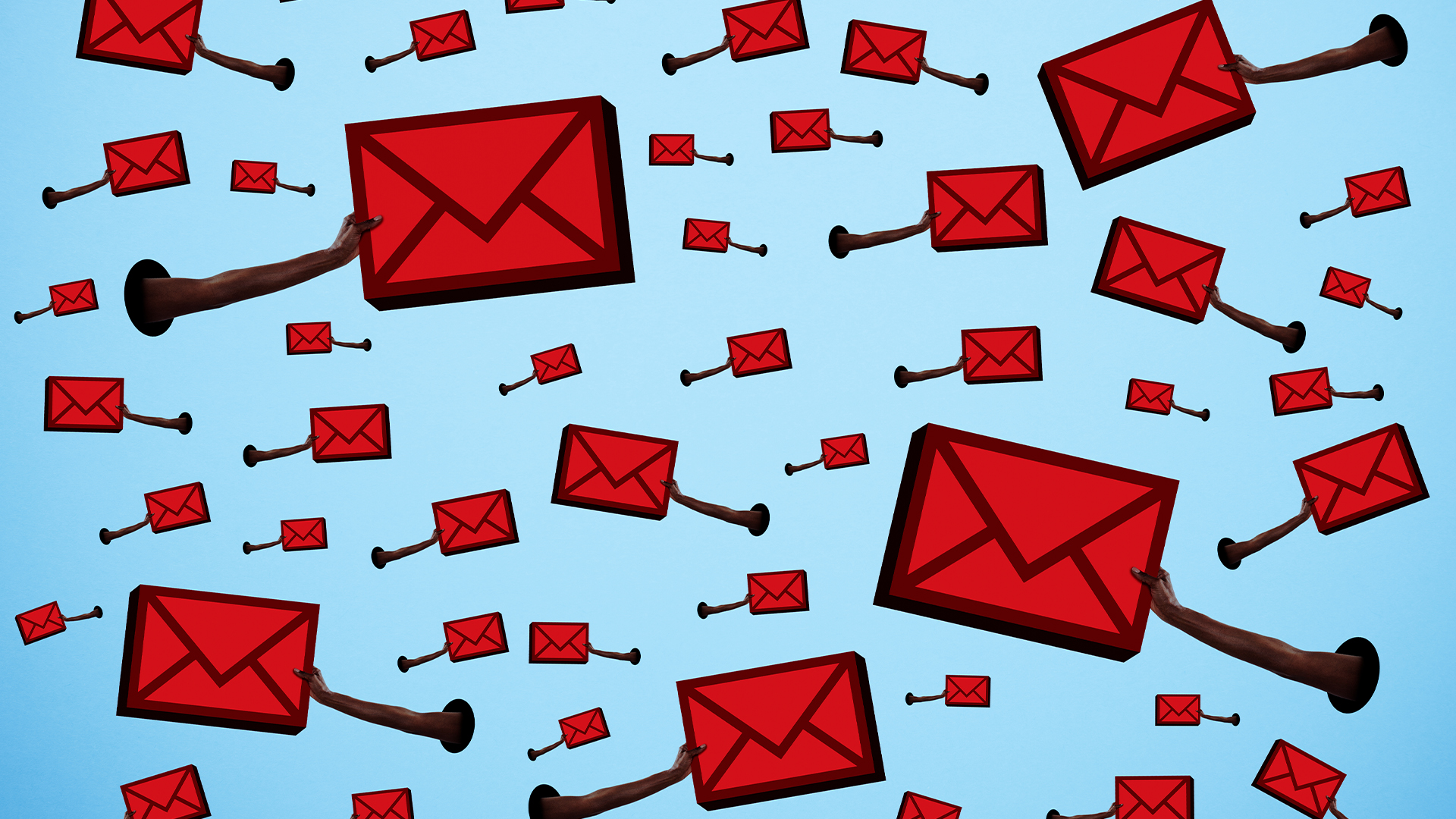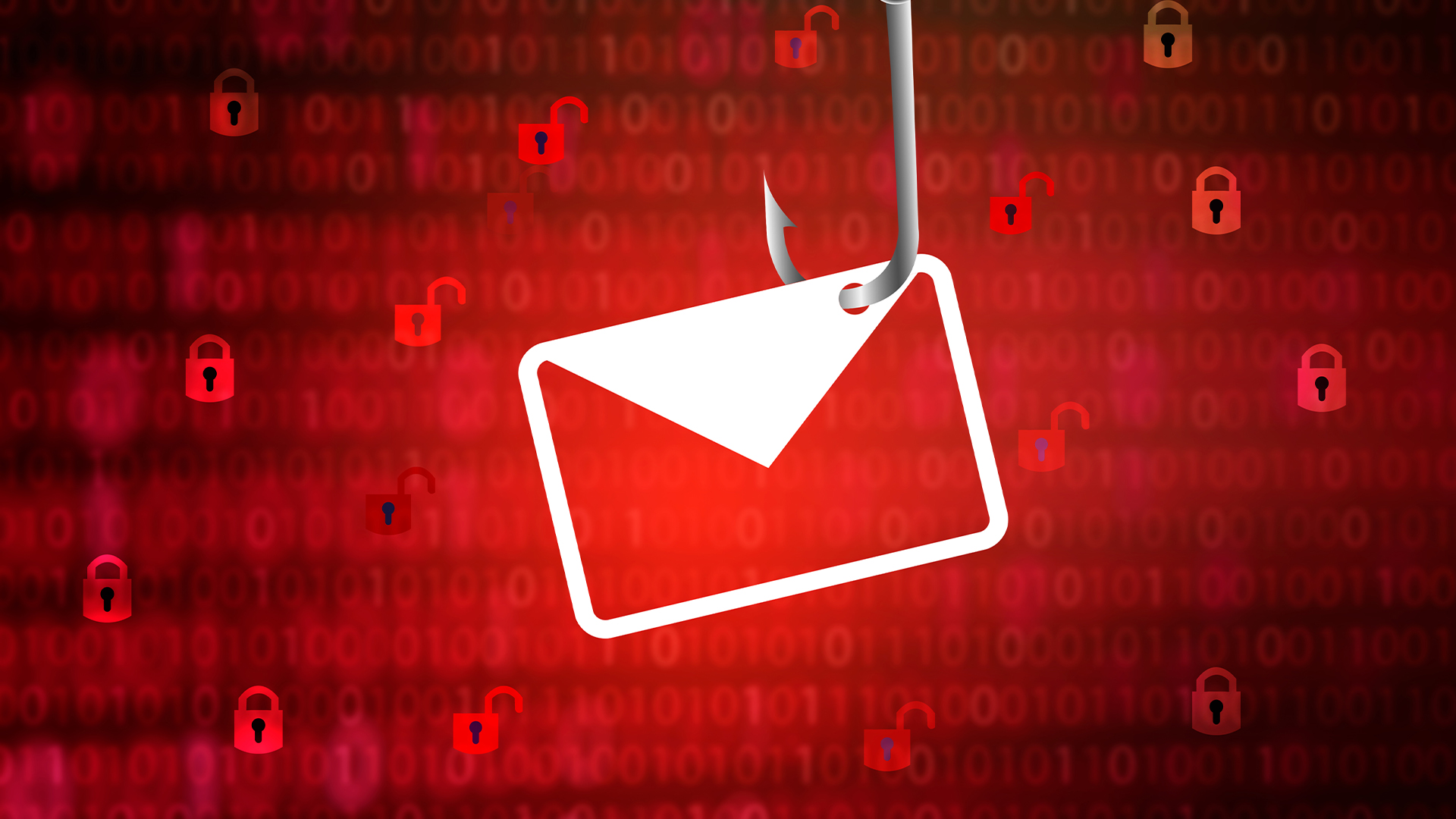Hackers are using Microsoft 365 features to bombard enterprises with phishing emails – and they’ve already hit more than 70 organizations
The emails appear to originate internally and can bypass traditional security controls


Security experts have warned of a new phishing campaign which exploits Microsoft’s 365’s Direct Send feature to steal credentials – and they’ve already hit more than 70 organizations.
Direct Send is a feature in Exchange Online that allows devices and applications to send emails within a Microsoft 365 tenant. It uses a smart host with a format like "tenantname.mail.protection.outlook.com".
Intended for internal use only, the feature doesn't require authentication, meaning that attackers don’t need credentials, tokens, or access to the tenant, just a few publicly available details.
According to researchers at Varonis, attackers have been taking advantage of this since May to spoof internal users and deliver phishing emails without ever needing to compromise an account.
The victims span multiple verticals and locations, but are mainly US-based organizations.
The attacker used PowerShell to send emails appearing to come from a legitimate internal address via the smart host. Notably, because the email is routed through Microsoft’s infrastructure and appears to originate from within the tenant, it can bypass traditional email security controls.
Microsoft’s own filtering mechanisms, for example, may treat the message as internal-to-internal traffic, while third-party email security solutions often rely on sender reputation, authentication results, or external routing patterns to flag suspicious messages.
Sign up today and you will receive a free copy of our Future Focus 2025 report - the leading guidance on AI, cybersecurity and other IT challenges as per 700+ senior executives
The Varonis MDDR Forensics team said it has observed multiple instances across different environments where organizations have received alerts for “abnormal behavior: Activity from stale geolocation to the organization.”
"In one case, the alert was triggered by a Ukrainian IP address, an unexpected and unusual location for the affected tenant," said Tom Barnea, a forensics specialist at Varonis.
"Typically, alerts tied to abnormal geolocation are accompanied by authentication attempts. This time, however, there were no login events, only email activity. Even more unusual, users were sending emails to themselves with PowerShell as the user agent."
How the phishing emails work
In one instance recorded by Varonis, emails were designed to resemble voicemail notifications - complete with a PDF attachment that contained a QR code redirecting users to a phishing site designed to harvest Microsoft 365 credentials.
To stay safe, Varonis recommends that organizations should enable “Reject Direct Send” in the Exchange Admin Center and implement a strict DMARC policy, for example p=reject.
They should flag unauthenticated internal emails for review or quarantine, enforce “SPF hardfail” within Exchange Online Protection (EOP) and use anti-spoofing policies.
User education is also important, as is the use of MFA and conditional access policies, in case a user’s credentials are stolen.
Similarly, organizations should enforce a static IP address in the SPF record to prevent unwanted send abuse, as recommended, but not required, by Microsoft.
"Direct Send is a powerful feature, but in the wrong hands, it becomes a dangerous attack vector," said Barnea.
"If you’re not actively monitoring spoofed internal emails or haven’t enabled the new protections, now is the time. Don’t assume internal means safe."
MORE FROM ITPRO
Emma Woollacott is a freelance journalist writing for publications including the BBC, Private Eye, Forbes, Raconteur and specialist technology titles.
-
 Apple M5 iPad Pro review
Apple M5 iPad Pro reviewReviews Still rocking the same design, but inside it's all change -- and that is what makes the M5 iPad Pro so good
-
 Nozomi Networks eyes channel growth with double executive appointment
Nozomi Networks eyes channel growth with double executive appointmentNews Matthew Cowell has been named as VP of strategic alliances, while Tyson Gerhold becomes VP of global partner and channel sales
-
 Google wants to take hackers to court
Google wants to take hackers to courtNews You don't have a package waiting for you, it's a scam – and Google is fighting back
-
 77% of security leaders say they'd fire staff who fall for phishing scams, even though they've done the same thing
77% of security leaders say they'd fire staff who fall for phishing scams, even though they've done the same thingNews A new report uncovers worrying complacency amongst IT and security leaders
-
 Been offered a job at Google? Think again. This new phishing scam is duping tech workers looking for a career change
Been offered a job at Google? Think again. This new phishing scam is duping tech workers looking for a career changeNews A new Google Careers phishing scam is targeting tech workers looking for a change of scenery – here's how to stay safe
-
 Hackers are using a new phishing kit to steal Microsoft 365 credentials and MFA tokens – Whisper 2FA is evolving rapidly and has been used in nearly one million attacks since July
Hackers are using a new phishing kit to steal Microsoft 365 credentials and MFA tokens – Whisper 2FA is evolving rapidly and has been used in nearly one million attacks since JulyNews Whisper 2FA is now the third most common Phishing as a Service tool worldwide
-
 Microsoft and Cloudflare just took down a major phishing operation
Microsoft and Cloudflare just took down a major phishing operationNews RaccoonO365’s phishing as a service platform has risen to prominence via Telegram
-
 Hackers are abusing ConnectWise ScreenConnect, again
Hackers are abusing ConnectWise ScreenConnect, againNews A new spear phishing campaign has targeted more than 900 organizations with fake invitations from platforms like Zoom and Microsoft Teams.
-
 Malicious URLs overtake email attachments as the biggest malware threat
Malicious URLs overtake email attachments as the biggest malware threatNews With malware threats surging, research from Proofpoint highlights the increasing use of off-the-shelf 'phish kits' like CoGUI and Darcula
-
 New hires are your weakest link when it comes to phishing attacks – here's how you can build a strong security culture that doesn't judge victims
New hires are your weakest link when it comes to phishing attacks – here's how you can build a strong security culture that doesn't judge victimsNews Research from Keepnet shows new hires are far more likely to fall for phishing attacks – here's how you can improve security awareness during onboarding processes.
